How to Secure Kubernetes Clusters – A Cybersecurity Perspective
Kubernetes has become the de facto standard for container orchestration, but its complex architecture introduces numerous security challenges that organizations must address proactively. Securing a Kubernetes cluster requires a multi-layered approach encompassing control plane protection, robust authentication mechanisms, network segmentation, secrets management, and continuous monitoring. This comprehensive guide offers technical implementations and best practices for […] The post How to Secure Kubernetes Clusters – A Cybersecurity Perspective appeared first on Cyber Security News.

Kubernetes has become the de facto standard for container orchestration, but its complex architecture introduces numerous security challenges that organizations must address proactively.
Securing a Kubernetes cluster requires a multi-layered approach encompassing control plane protection, robust authentication mechanisms, network segmentation, secrets management, and continuous monitoring.
This comprehensive guide offers technical implementations and best practices for establishing enterprise-grade security in Kubernetes environments, drawing on industry-standard frameworks such as the CIS Kubernetes Benchmark and the NIST Cybersecurity Framework to ensure comprehensive protection against modern threats.
Control Plane Security Fundamentals
The Kubernetes control plane serves as the central nervous system of your cluster, making its security paramount to the overall integrity of the cluster. Proper control plane hardening begins with restricting access to the API server and implementing comprehensive encryption strategies.
API Server Hardening
The kube-apiserver should never be exposed directly to the internet without proper access controls. To verify your API server’s exposure status, test external accessibility using a simple curl command:
bashcurl https://my-control-plane-ip:6443/api
If this returns a response, your API server is publicly accessible and requires immediate remediation. The recommended approach involves restricting access to internal networks or corporate VPNs through the use of firewall rules or security groups.
Essential API server security configurations include enabling TLS encryption and proper certificate management. The CIS Kubernetes Benchmark mandates specific arguments for the kube-apiserver:
text# Critical kube-apiserver security arguments
--tls-cert-file=/etc/kubernetes/pki/apiserver.crt
--tls-private-key-file=/etc/kubernetes/pki/apiserver.key
--client-ca-file=/etc/kubernetes/pki/ca.crt
--etcd-cafile=/etc/kubernetes/pki/etcd/ca.crt
--encryption-provider-config=/etc/kubernetes/encryption-config.yaml
Implementing Encryption at Rest
Etcd data encryption provides critical protection for sensitive cluster information. Configure encryption by creating an EncryptionConfiguration object:
textapiVersion: apiserver.config.k8s.io/v1
kind: EncryptionConfiguration
resources:
- resources:
- secrets
providers:
- aescbc:
keys:
- name: key1
secret: <32-byte base64 encoded key>
- identity: {}
After creating this configuration, restart the kube-apiserver with the --encryption-provider-config Argument pointing to this file. This ensures all secrets are encrypted before storage in etcd, providing defense against data exposure through backup compromises.
Role-Based Access Control Implementation
RBAC forms the cornerstone of Kubernetes authorization, implementing the principle of least privilege across cluster resources. Proper RBAC configuration prevents unauthorized access and limits the blast radius of potential security incidents.
Creating Granular Roles
Begin by defining specific roles that align with organizational responsibilities:
textapiVersion: rbac.authorization.k8s.io/v1
kind: Role
metadata:
namespace: production
name: pod-reader
rules:
- apiGroups: [""]
resources: ["pods"]
verbs: ["get", "watch", "list"]
---
apiVersion: rbac.authorization.k8s.io/v1
kind: RoleBinding
metadata:
name: read-pods
namespace: production
subjects:
- kind: User
name: jane
apiGroup: rbac.authorization.k8s.io
roleRef:
kind: Role
name: pod-reader
apiGroup: rbac.authorization.k8s.io
This configuration grants read-only access to pods within the production namespace, exemplifying granular permission assignment. Avoid granting cluster-wide administrative privileges unless absolutely necessary, as this significantly increases security risks.
Service Account Security
Implement dedicated service accounts for applications with minimal required permissions:
textapiVersion: v1
kind: ServiceAccount
metadata:
name: app-service-account
namespace: application
---
apiVersion: rbac.authorization.k8s.io/v1
kind: Role
metadata:
namespace: application
name: app-role
rules:
- apiGroups: [""]
resources: ["configmaps", "secrets"]
verbs: ["get"]
This approach ensures that applications operate with only the necessary permissions, thereby reducing potential attack vectors.
Network Security and Segmentation
Network policies provide essential microsegmentation capabilities, controlling the flow of traffic between pods and external resources. Implementing comprehensive network policies creates defense-in-depth protection against lateral movement attacks.
Default Deny Network Policy
Establish a baseline security posture by implementing default deny policies:
textapiVersion: networking.k8s.io/v1
kind: NetworkPolicy
metadata:
name: default-deny-all
namespace: production
spec:
podSelector: {}
policyTypes:
- Ingress
- Egress
This policy blocks all traffic by default, requiring explicit allow rules for necessary communications.
Selective Allow Policies
Create specific policies for required communications:
textapiVersion: networking.k8s.io/v1
kind: NetworkPolicy
metadata:
name: allow-web-to-api
namespace: production
spec:
podSelector:
matchLabels:
app: api-server
policyTypes:
- Ingress
ingress:
- from:
- podSelector:
matchLabels:
app: web-frontend
ports:
- protocol: TCP
port: 8080
This configuration allows only web frontend pods to communicate with API servers on port 8080, implementing precise traffic control.
Secrets Management and Protection
Kubernetes secrets require careful handling to prevent credential exposure and maintain security integrity throughout the application lifecycle.
External Secret Management Integration
Integrate with external secret management systems for enhanced security:
textapiVersion: external-secrets.io/v1beta1
kind: SecretStore
metadata:
name: vault-backend
namespace: production
spec:
provider:
vault:
server: "https://vault.company.com"
path: "secret"
auth:
kubernetes:
mountPath: "kubernetes"
role: "production-role"
External secret stores provide advanced features including automatic rotation, audit logging, and centralized management.
Secret Rotation Automation
Implement automated secret rotation using kubectl and custom scripts:
bash#!/bin/bash
# Automated secret rotation script
kubectl create secret generic db-credentials \
--from-literal=username=$NEW_USERNAME \
--from-literal=password=$NEW_PASSWORD \
--dry-run=client -o yaml | kubectl apply -f -
kubectl rollout restart deployment/application
This approach ensures secrets are regularly updated without manual intervention.
Pod Security Standards Implementation
Pod Security Standards replace deprecated PodSecurityPolicies, providing comprehensive workload protection through admission controllers.
Restricted Security Profile
Configure the most restrictive security profile for production workloads:
textapiVersion: v1
kind: Namespace
metadata:
name: secure-production
labels:
pod-security.kubernetes.io/enforce: restricted
pod-security.kubernetes.io/audit: restricted
pod-security.kubernetes.io/warn: restricted
This configuration enforces the restricted profile, preventing privilege escalation and implementing security best practices.
Custom Security Contexts
Define explicit security contexts for enhanced protection:
textapiVersion: apps/v1
kind: Deployment
metadata:
name: secure-app
spec:
template:
spec:
securityContext:
runAsNonRoot: true
runAsUser: 10001
fsGroup: 10001
containers:
- name: app
securityContext:
allowPrivilegeEscalation: false
readOnlyRootFilesystem: true
capabilities:
drop:
- ALL
These settings prevent privilege escalation and limit container capabilities to essential functions only.
Security Monitoring and Threat Detection
Continuous monitoring provides real-time visibility into cluster security events and potential threats. Deploy Falco for runtime security monitoring:
textapiVersion: apps/v1
kind: DaemonSet
metadata:
name: falco
spec:
selector:
matchLabels:
app: falco
template:
spec:
containers:
- name: falco
image: falcosecurity/falco:latest
securityContext:
privileged: true
volumeMounts:
- name: proc
mountPath: /host/proc
readOnly: true
Falco detects anomalous behaviors, including unauthorized system calls, privilege escalations, and suspicious network activities.
Compliance and Vulnerability Management
Regular compliance auditing ensures adherence to security frameworks and identifies configuration drift. Implement Trivy for comprehensive vulnerability scanning:
bash# Scan cluster for vulnerabilities and misconfigurations
trivy k8s --report=summary cluster
# Scan specific namespace
trivy k8s -n production --severity=CRITICAL --report=all
Trivy identifies vulnerabilities in container images, Kubernetes configurations, and compliance violations against CIS benchmarks.
Conclusion
Securing Kubernetes clusters requires implementing multiple layers of protection across all architectural components.
By hardening the control plane, implementing robust role-based access control (RBAC) policies, establishing network segmentation, managing secrets securely, enforcing pod security standards, and maintaining continuous monitoring, organizations can achieve an enterprise-grade security posture.
Regular compliance auditing and vulnerability assessments ensure ongoing protection against evolving threats.
Success depends on treating security as an integral part of the development and deployment process, rather than an afterthought. This requires collaboration between security teams and DevOps engineers to maintain both security and operational efficiency.
Find this News Interesting! Follow us on Google News, LinkedIn, & X to Get Instant Updates!
The post How to Secure Kubernetes Clusters – A Cybersecurity Perspective appeared first on Cyber Security News.

















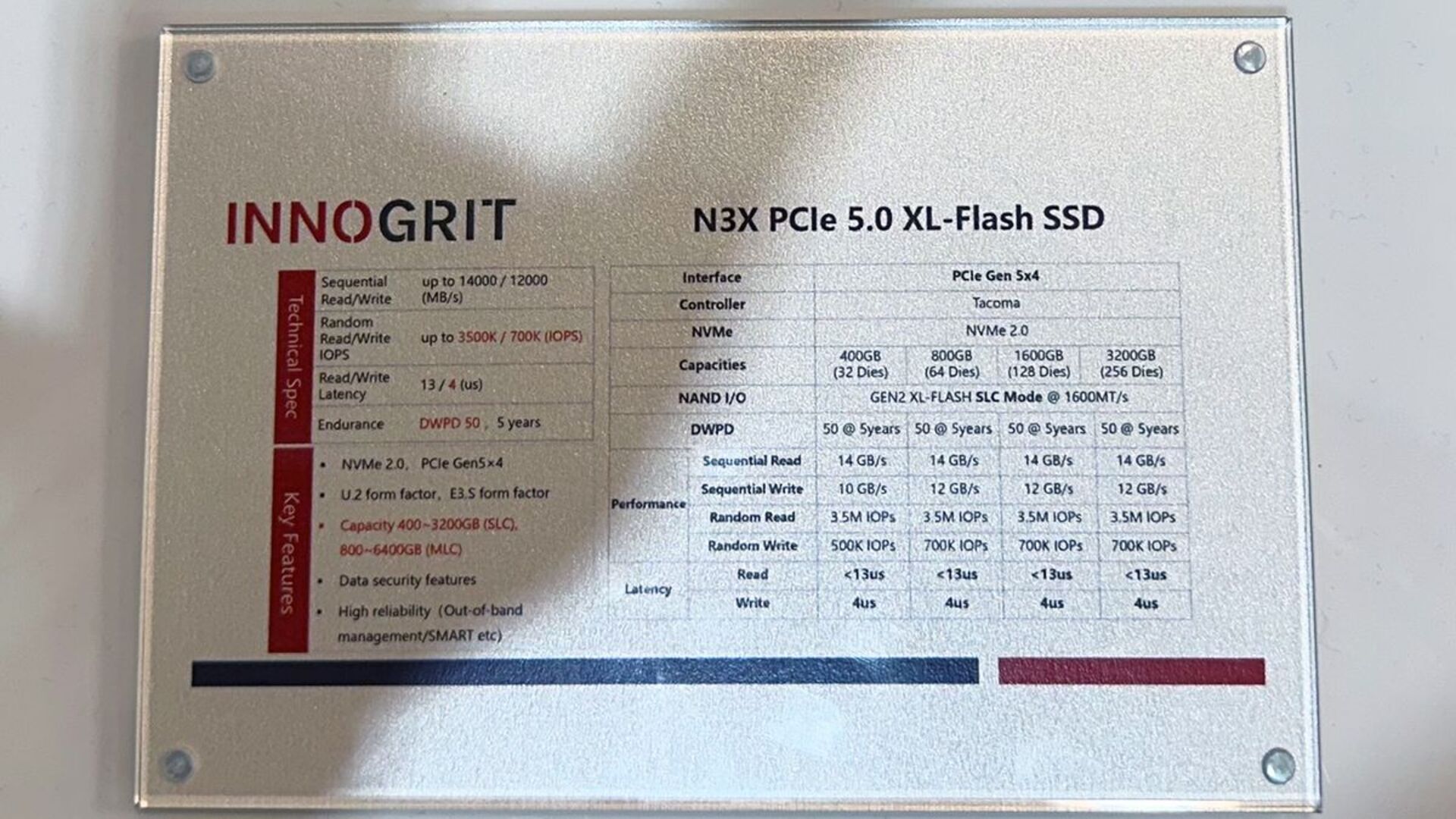





















































































































![Top Features of Vision-Based Workplace Safety Tools [2025]](https://static.wixstatic.com/media/379e66_7e75a4bcefe14e4fbc100abdff83bed3~mv2.jpg/v1/fit/w_1000,h_884,al_c,q_80/file.png?#)


































![[The AI Show Episode 152]: ChatGPT Connectors, AI-Human Relationships, New AI Job Data, OpenAI Court-Ordered to Keep ChatGPT Logs & WPP’s Large Marketing Model](https://www.marketingaiinstitute.com/hubfs/ep%20152%20cover.png)




























































































































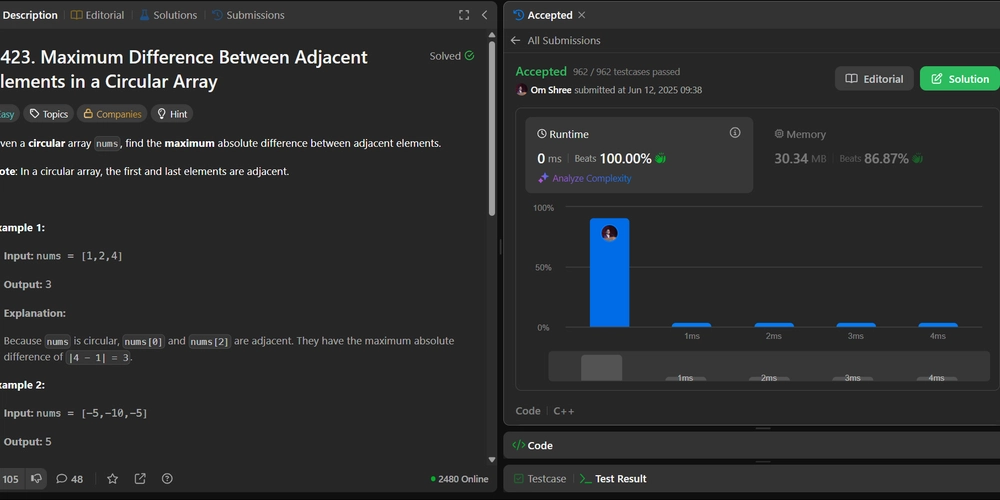











































.jpg?#)











































![MindsEye From Ex-GTA Producer Is A Day-One Car Wreck [Update]](https://i.kinja-img.com/image/upload/c_fill,h_675,pg_1,q_80,w_1200/aa09b256615c422f7d1e1535d023e578.png)






















.png?width=1920&height=1920&fit=bounds&quality=70&format=jpg&auto=webp#)






















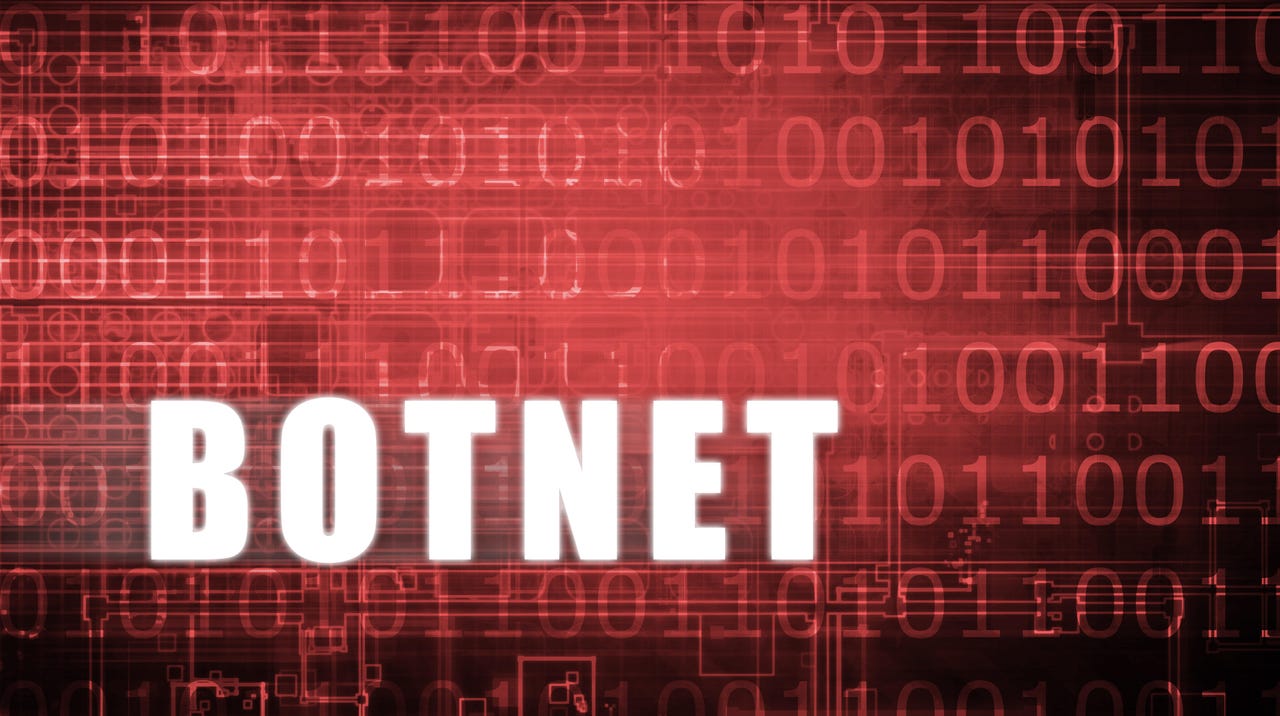
_incamerastock_Alamy.jpg?width=1280&auto=webp&quality=80&disable=upscale#)




















































































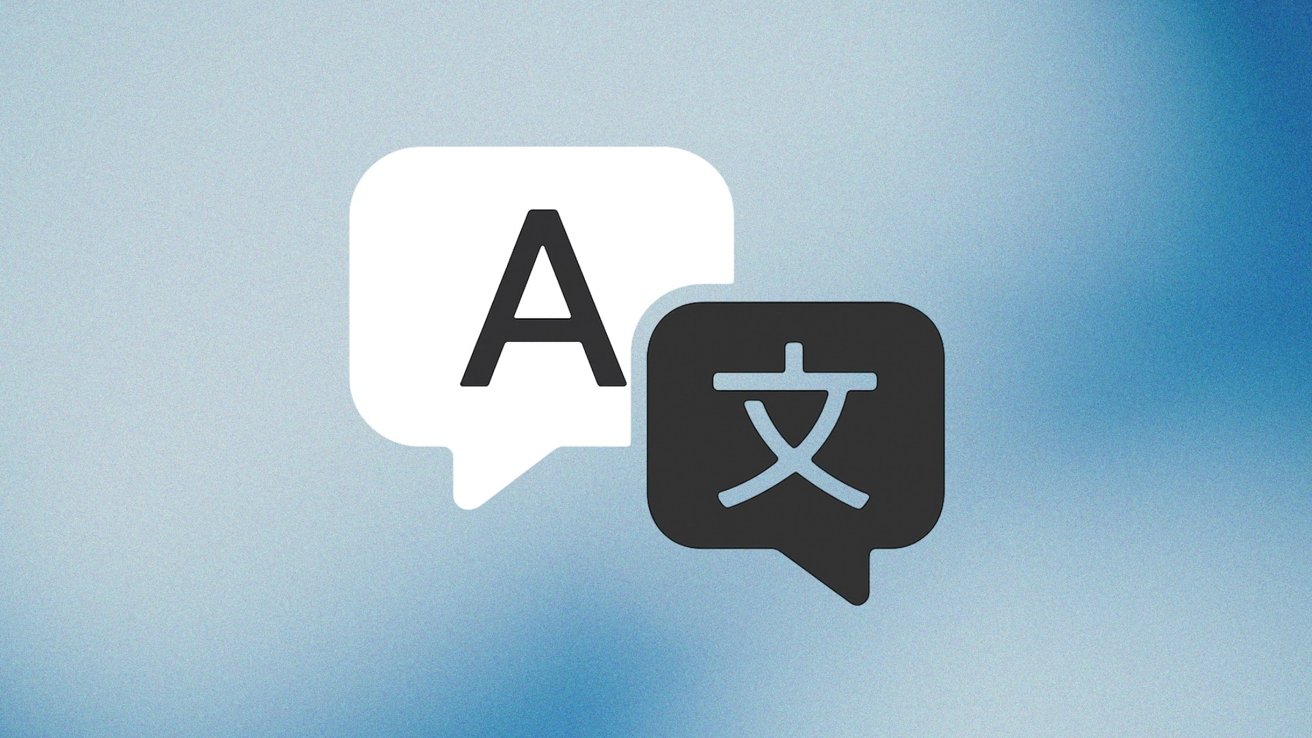





![PSA: iOS 26 Spatial Scenes will work on iPhones 12 and up [U]](https://i0.wp.com/9to5mac.com/wp-content/uploads/sites/6/2025/06/spatial-photos-ios26.jpg?resize=1200%2C628&quality=82&strip=all&ssl=1)
![Apple categorically denies Siri vaporware claims, and offers a better explanation [Video]](https://i0.wp.com/9to5mac.com/wp-content/uploads/sites/6/2025/06/Apple-categorically-denies-Siri-vaporware-claims-and-offers-a-better-explanation.jpg?resize=1200%2C628&quality=82&strip=all&ssl=1)
![This new iPad keyboard was purpose-built for versatility and portability – Logitech Flip Folio [Hands-on]](https://i0.wp.com/9to5mac.com/wp-content/uploads/sites/6/2025/06/Logitech-FI.jpg?resize=1200%2C628&quality=82&strip=all&ssl=1)



![iOS 26 and its ‘Liquid Glass’ redesign is being compared to ancient Android skins [Video]](https://i0.wp.com/9to5google.com/wp-content/uploads/sites/4/2025/06/ios-26-android-phones.jpg?resize=1200%2C628&quality=82&strip=all&ssl=1)











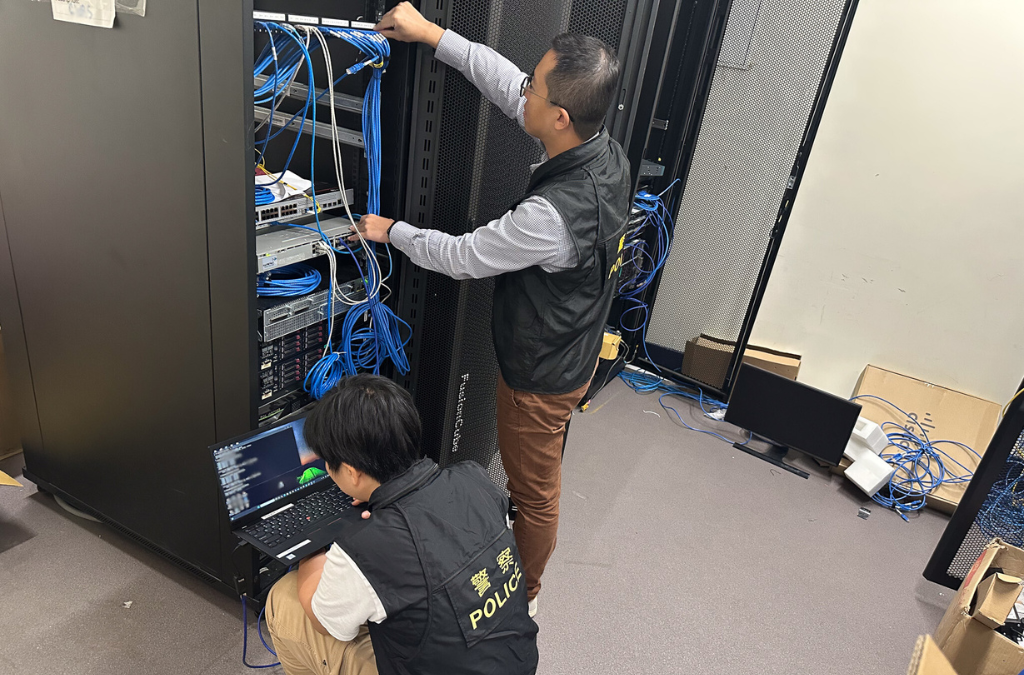

![Apple Shares Teaser Trailer for 'The Lost Bus' Starring Matthew McConaughey [Video]](https://www.iclarified.com/images/news/97582/97582/97582-640.jpg)


![Apple Debuts Trailer for Third Season of 'Foundation' [Video]](https://www.iclarified.com/images/news/97589/97589/97589-640.jpg)





































































